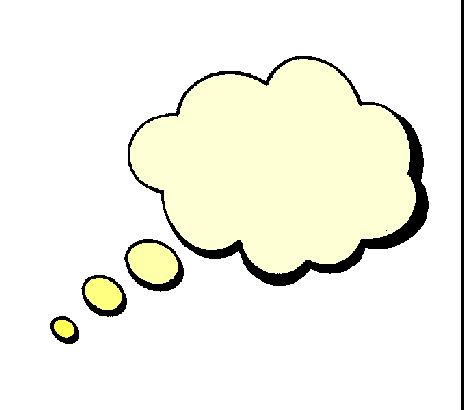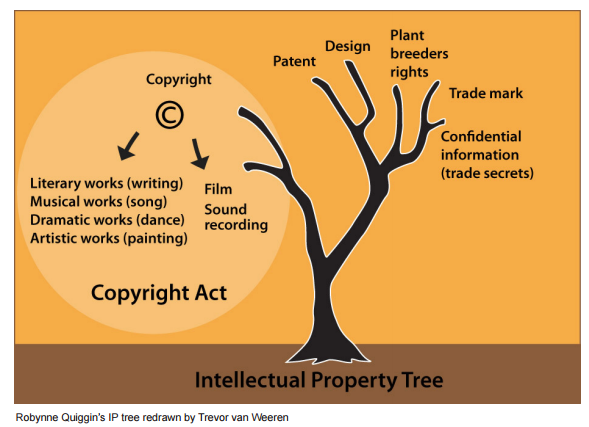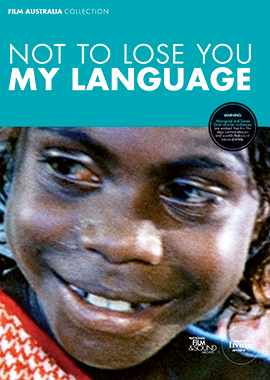RESPECT KNOWLEDGE OWNERSHIP
This online education resource was created to support the use of the digital repository of stories and language materials on the Living Archive of Aboriginal Languages website. This section of the online resource allows the viewer to listen to and reflect on what some of the issues regarding Indigenous knowledges and Indigenous ownership.
Our language is sacred to us. Every Aboriginal language is sacred for those who speak it. Words are given to us by the land and those words are sacred. What does it mean to an Aboriginal culture? The land needs words, the land speaks for us and we use the language for this. Words make things happen—make us alive. Words come not only from our land but also from our ancestors. Knowledge comes from Akerre, my own language and sacred language. Language is ownership; language is used to talk about the land. Language is what we see in people. Language is what we know of people—we know of him or her. If they speak my sacred language, I must be related to their kinships. Language is how people identify themselves. Being you is to know your language. It is rooted in your relationship from creation—in your kinship that cycles from then and there, onwards and onwards. It is like that root from the tree. Language is a community—a group of people. Not only do you speak that language but generations upon generations of your families have also spoken it. The language recognises and identifies you, who you are and what is you. Sacred language does have its own language. You can claim other languages through your four grandparents. Know your own language first before you learn other languages—to know it, to understand it and also to relate to it.
A Turner, Artepe Aboriginal Corporation, Committee Hansard, Alice Springs, 4 April 2012, p. 13.
Intellectual Properties by Yiŋiya Guyula and Dhäŋgal Gurruwiwi
- Two Yolŋu researchers were interviewed by Trevor van Weeren about differences in understanding of intellectual property from a Yolŋu and a Western legal perspective.
- from Learning Communities, International Journal of Learning in Social Contexts Australia, Issue 2, 2010, Teaching From Country, pp50-59 – view or download here
- For the video interviews with Dhäŋgal and Yiŋiya (Ṉäkarrma) click here
Yolŋu research dhukarr: Yolŋu ga Balanda Working Together
Senior Yolŋu researchers and others talk about the ‘road to follow’ in relation to culturally responsive research process:
- communication and consultation
- feedback and verification
- research outcomes and Yolŋu priorities
- the importance of Yolŋu languages in research
- how to work together doing research with Yolŋu
Published on Dec 5, 2013 (00:25:38)
Not to lose you my language
- This film looks at a bilingual education program in the Northern Territory set up by the Australian Department of Education, in which Aboriginal students are taught first to read and write in a language they understand.
- The filming takes place after less than two years of the program running in five communities.
- Filmed at Milingimbi off the coast of North-East Arnhem Land, Yayayi in the Western Desert and Yuendumu in Central Australia.
- From the National Film Australia Collection,1975. Directed by Greg Reading.
- The story of the Sun and the Moon that is printed in the extract is told by Djawa, an elder from Milingimbi, and available in the Living Archive
- Not to lose you my language – NFSA website.
“The aim of the program is to help these children see their language and culture as something worthwhile and so nurture their self-confidence and self-respect. However, both English and Aboriginal languages are used in the classroom, and as there are many different Aboriginal languages, subjects are taught in a language appropriate to the subject matter. It is to be noted that the director wrote at the time: “Despite the bilingual program, school is essentially a European institution, and the content of the film reflects this.” © 2011 National Film and Sound Archive of Australia.
Coding cultural riches: investigating Indigenous languages in Australia
Uploaded on Aug 1, 2011 (00:24:25) by University of Melbourne
- Linguist Dr Rachel Nordlinger from the University of Melbourne discusses how Australian Aboriginal languages are researched and how particular indigenous tongues grow at the expense of others as communities migrate.
- “It’s very fundamental to Aboriginal belief that language and land are connected, and it is appropriate to speak the language of the land on which you’re residing. So it was quite natural that Murrinh-Patha would have become the primary language of the indigenous people living on the mission.” — Dr Rachel Nordlinger
Perspectives from South America
Peru’s Bilingual Program; Good but not good enough
Published on Sep 18, 2014 (00:02:26)
- A bilingual education program seeks to preserve native languages of Peru. However, according to the communities located in the regions where these are spoken and preserved, those efforts are insufficient.
Mapuche Bilingual-Intercultural program in Santiago, Chile
Published on Jan 27, 2014 (00:20:26)
Uploaded by isabelsacks
- The Mapuche nation is the largest indigenous group in Chile. This documentary follows the efforts of educators and activists in Santiago, Chile, to implement bilingual-intercultural education in schools.
What do you think? 
Language ownership and respecting a language is important for Indigenous peoples. After viewing some or the videos on this page how do Indigenous explain the importance of language ownership and respecting their language?
What are some of the differences and similarities to your own language context?

 to Youtube
to Youtube 

